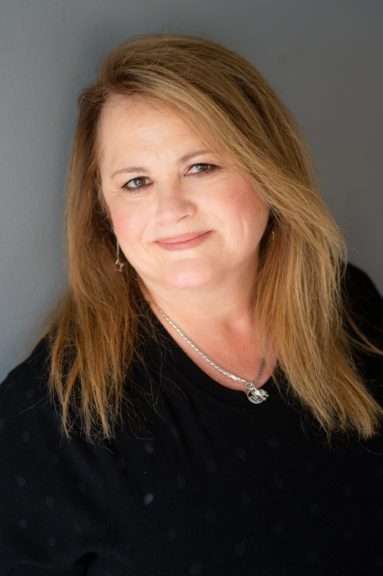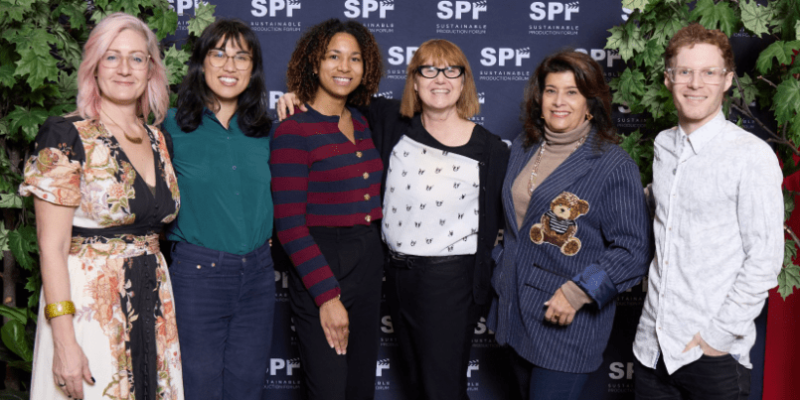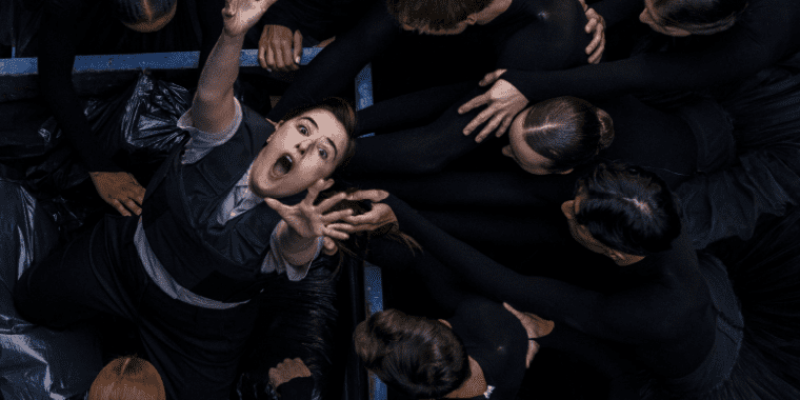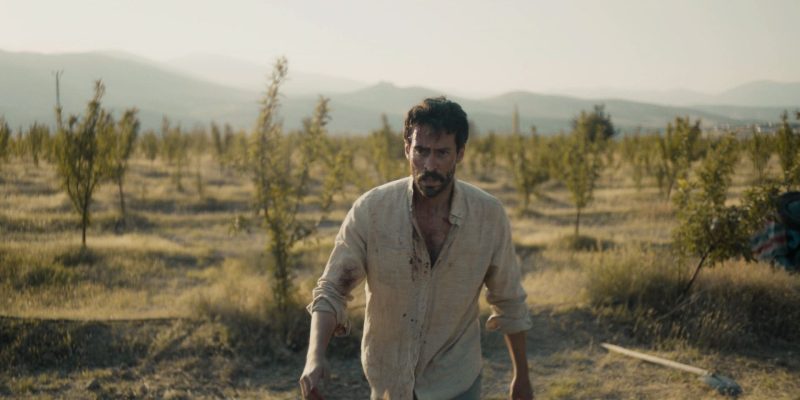For three iterations and counting, the mid-career women selected for Women in Animation Vancouver’s Animation Career EXCELerator Program (ACE for short) use what they learn to create a short film or series pilot together in this innovative, national training program described by Founder and Co-Executive Producer Rose-Ann Tisserand as “a key creative animation boot camp over two years.”
From confidence-building sessions to mentorship and training tailored to key creative roles, ACE‘s mission is “advancing women in animation,” its website explains.
We give a really good cross-section of any skill we think could help them find their voice, hear their voice, and learn to trust their voice – and know it’s OK to not know everything.
“We know that in animation schools, women outnumber men, and then we lose them before they advance in to more senior roles,” says Tisserand, who will speak at the Spotlight on Canada’s Women in Animation – Their Storytelling and Paths to Success conference at this year’s Mifa market in Annecy, alongside some of the program’s participants and partners. “If we have more women in animation schools, it makes sense that we should have as many women art directors, animation directors, directors, etc… as our male counterparts in these key creative roles, and we don’t.”
In addition to various factors and barriers, such as confidence and “reticence to take risks,” notes Tisserand, who is also Executive Producer at Flying Kraken Creative Studios and Executive Producer and Co-Creator of Puddle Jumpers in development with Silvergate Media, “additional challenges for women can be work-life balance, being a mom or a caretaker to a parent, all while navigating a growing career. The goal of the ACE Program is to find these women who want to advance and let them know, ‘we’re going to help you get there.’”
Training some of Canada’s “amazing pool of talented professionals”
Each participant applies for a specific role in the group (i.e. Writer, Producer, Director, Art Director, Storyboard Supervisor, Editor, Animation Director, Composer).
In addition to hard skills, soft skills, and business-oriented workshops (on a slew of topics ranging from legal to Diversity and Inclusion hiring, role-playing and more), each participant has their own specific mentor for their role. A director, for example, would learn “what to look for when calling animation notes, what’s important when you’re working with an art director, how to hear your voice, what is your vision, how to handle speaking to your team, how to strategize speaking to a client who possibly has a different vision,” Tisserand explains.
The program culminates with a trip to a conference or festival. “We demystify the process from script to screen, all the way to taking [a project] to market… We teach them how to pitch themselves and their creative thoughts. We give a really good cross-section of any skill we think could help them find their voice, hear their voice, and learn to trust their voice – and know it’s OK to not know everything.”
Confidence, vulnerability, and risk-taking are also important. “When someone is overwhelmed, we can say, ‘We’ve got you, we’ve been there, here are some tools or ideas on how you might handle the situation.’”

Hearing a mentor’s perspective is very helpful, she says. “First, it helps candidates know they’re not alone. We have your back, we’re going to get you through this. And secondly, that it’s normal! Women think they’re not allowed to feel these things, and it’s actually strong and important to say, ‘I don’t know the answer, I need help.’”
And for potential producing partners, distributors, and the international industry, it’s safe to say that a more confident, nuanced, and skilled professional benefits all stages of production and storytelling. When asked about this, Tisserand agrees: “They have their experience, they found their voice, they found their confidence, they now have that all important credit.”
Plus, “Canada is fortunate enough to have an amazing pool of talented professionals who identify as women or non-binary.”
What does the future hold for women in animation?
While “production roles are the one area women do OK with,” Tisserand says, “we’re still trying to get women into more key creative roles, into boardrooms and as decision makers.”
As she and her colleagues examine possibilities for ACE’s scalability and expansion, she’s proud of what the program has achieved so far, including the incorporation of three new female-led companies, one by each ACE team.
“We have been successful; all the women who have gone through the program have advanced, which we’re very proud of. When I see a Zoom screen with up to 15 women solving FX problems or story issues, it makes my day every time!”
Headed to Annecy and Mifa? Spotlight on Canada’s Women in Animation – Their Storytelling and Paths to Success takes place June 15 from 9 AM to 10:15 AM. For more info, please check out our programming page!









